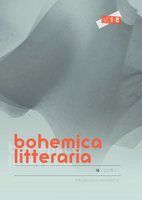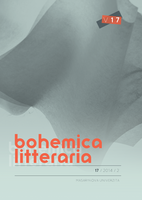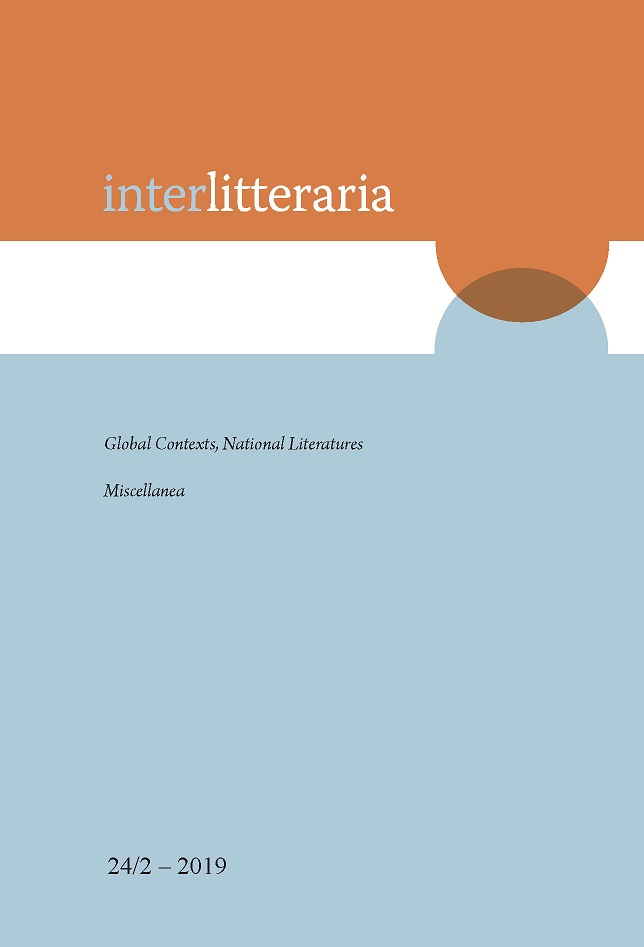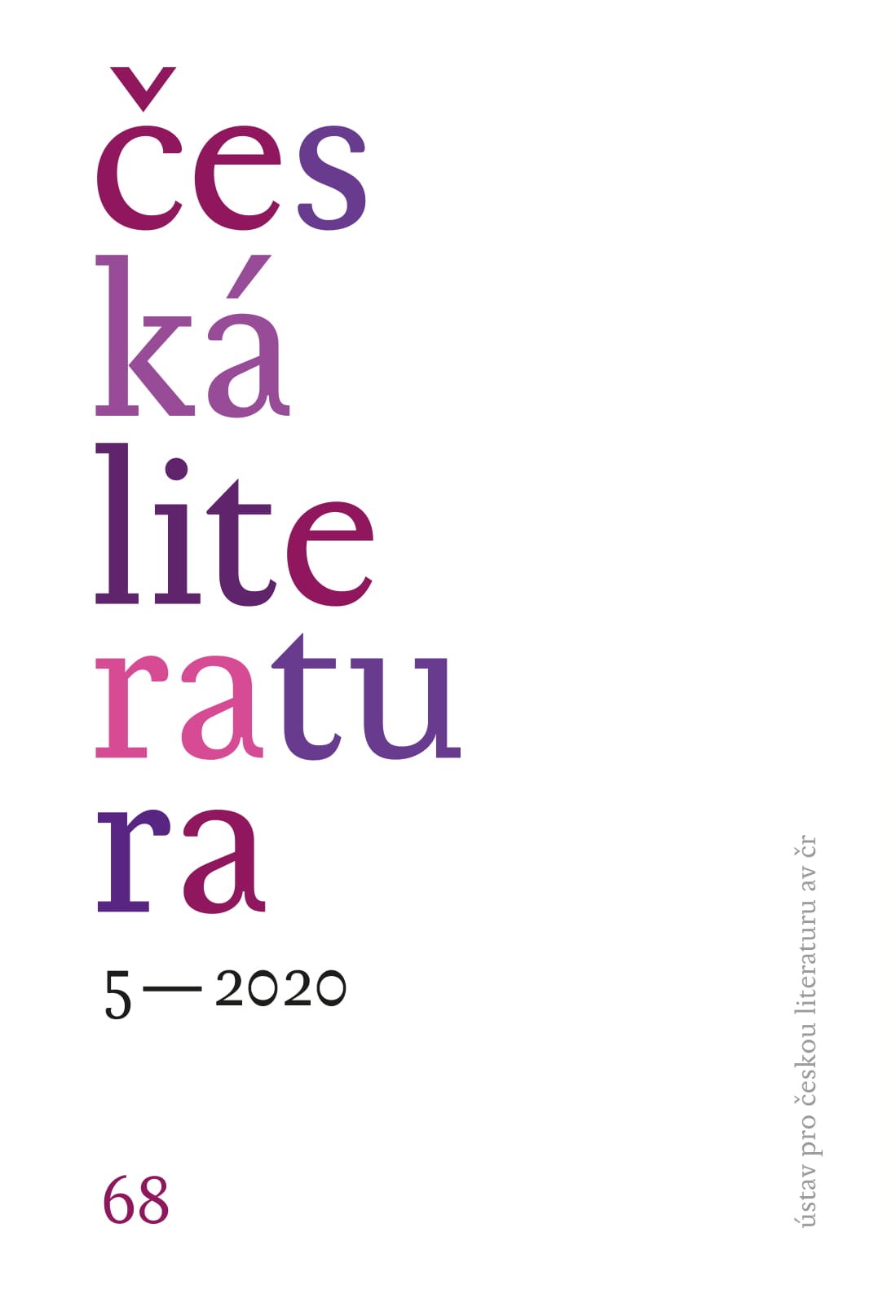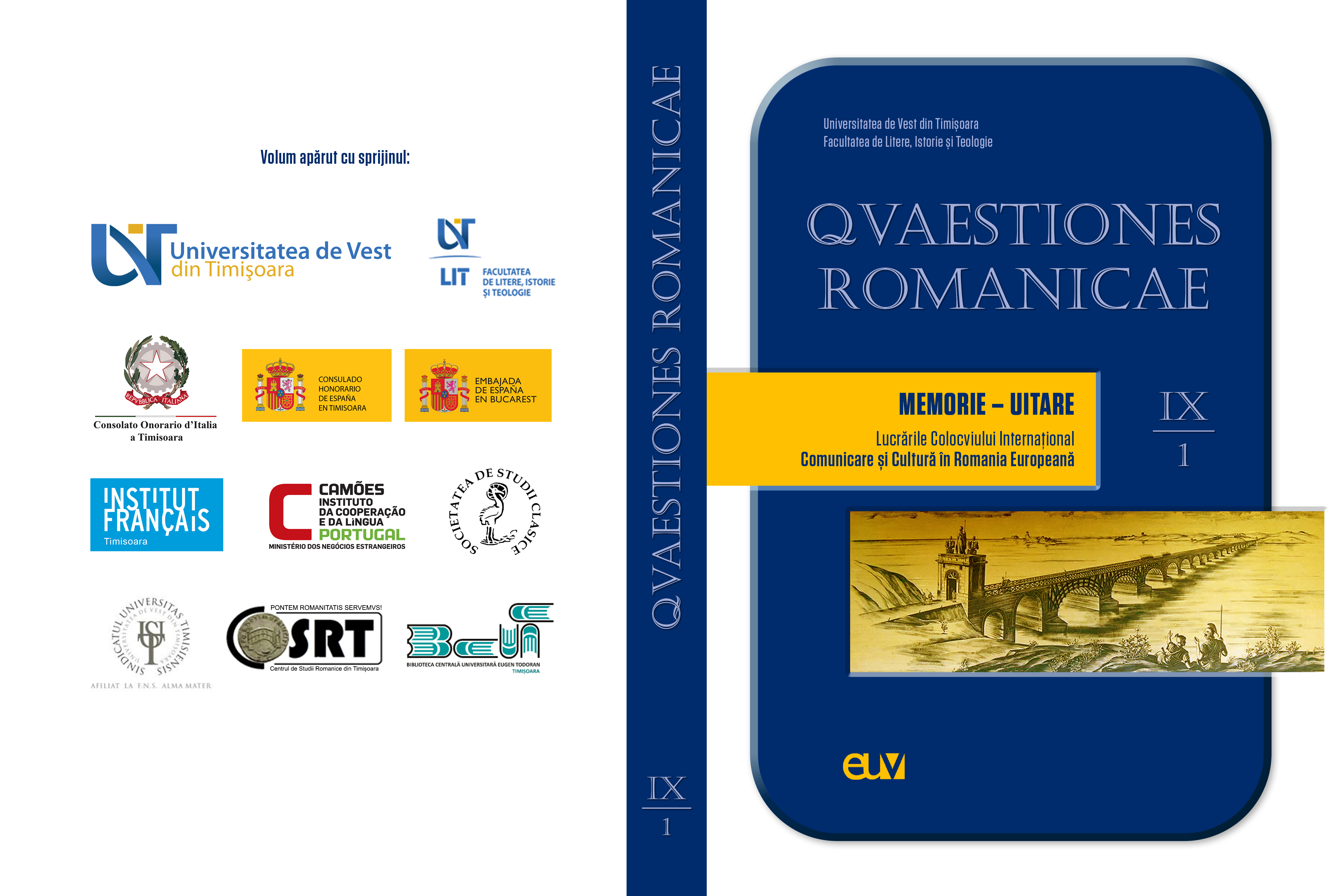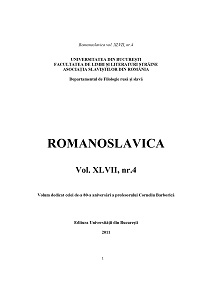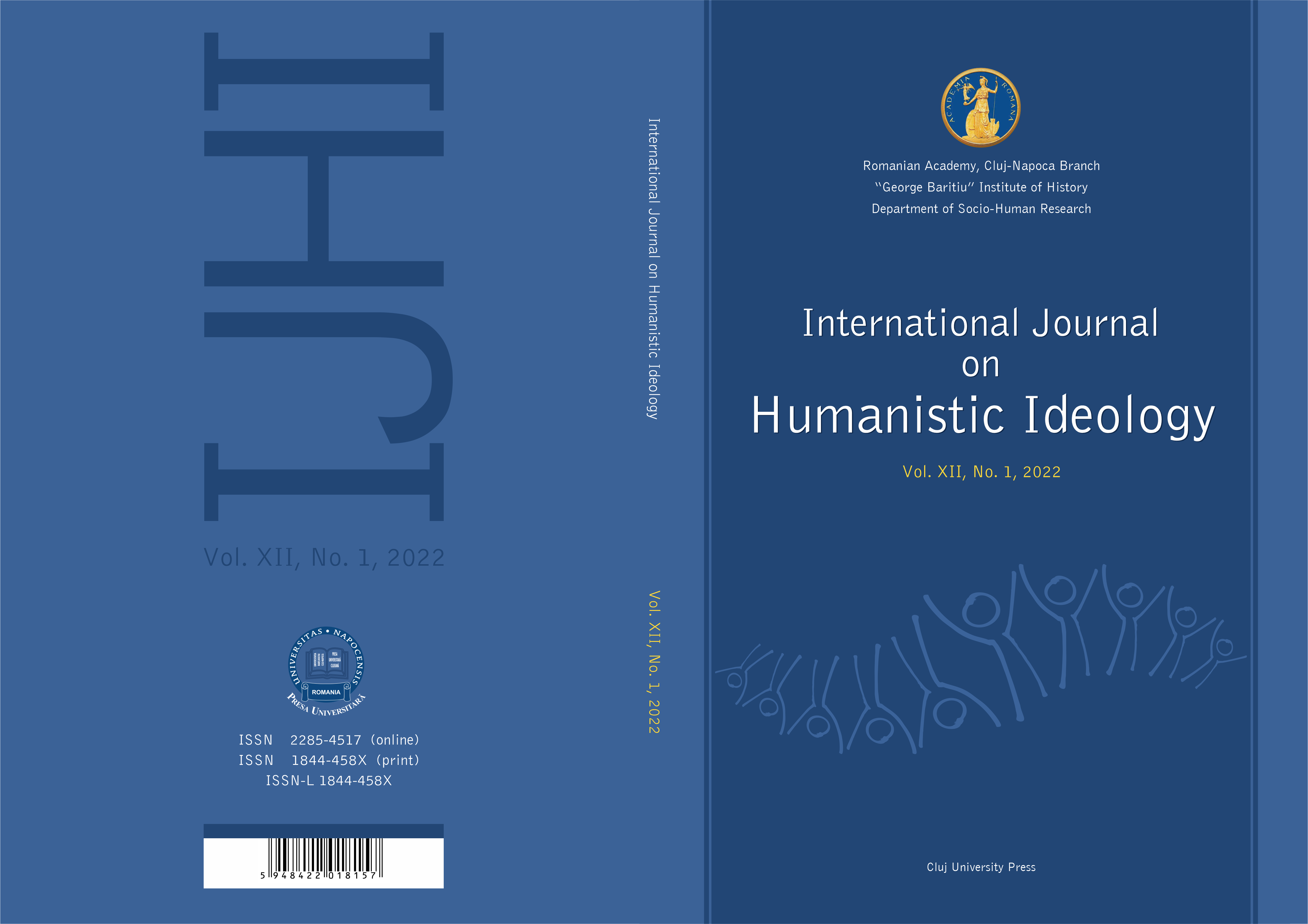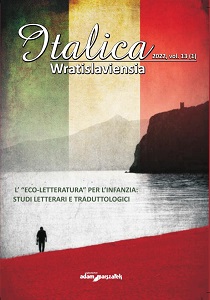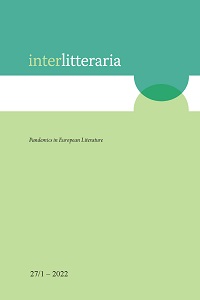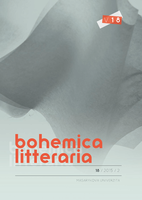
Humanity’s Transhuman Future and the Ethics of the Other in Dan Simmons’ Hyperion Cantos
Dan Simmons’ series of books – Hyperion, The Fall of Hyperion, Endymion and The Rise of Endymion – extrapolates from the present of an increasing impact of bio- and nanotechnologies on our species to the yet unknown future of an evolution towards the transhuman and the posthuman. The ontological dimension of such a hypothetical evolution of humankind has been sometimes more and sometimes less enthusiastically treated by such trans- and post-humanity critics as Vernor Vinge, Hans Moravec, Ray Kurzweil, Nick Bostrom, Michio Kaku and Katherine Hayles. The objective of this paper is to draw attention to ethical issues brought up by Simmons that ensue from the fact that the conjectural bifurcation of mankind into the old style and new style humans (including man-created AI independent entities) would position the latter as the former’s Other. Historically, moral obligations of members of a particular group or culture toward one another have been predicated on the idea of sameness which privileges those who are like us and disprivileges those who are different. Would the relationship of sameness still hold if humanity underwent a radical ontological shift, becoming at least in its part its own Other? As Simmons suggests, it would not, which would have to lead to a war of attrition, each against all. The author of The Hyperion Cantos speculates on the above mentioned problem positing that humanity’s salvation lies in changing the attitude of confrontation to one of consensus and, in a Levinasian manner, rejecting the exclusive ethics of sameness while embracing the all-inclusive ethics of alterity.
More...
